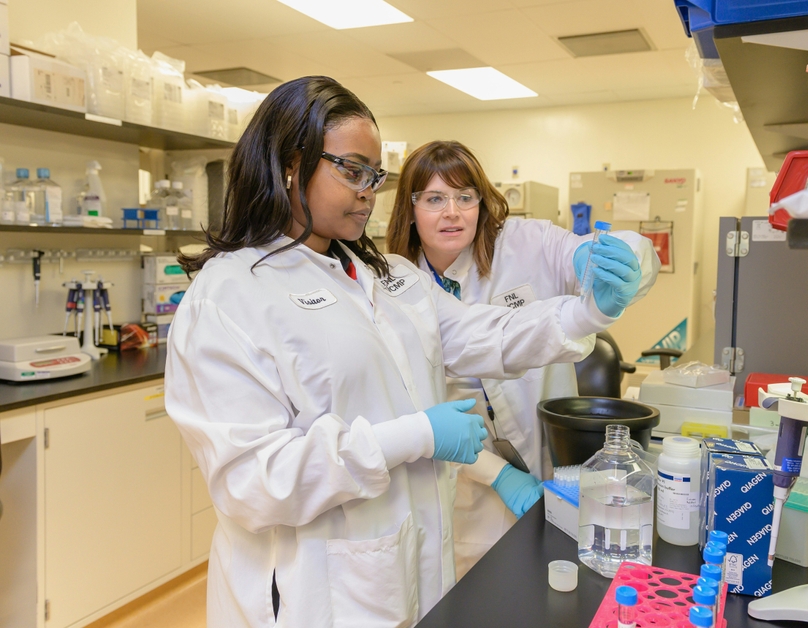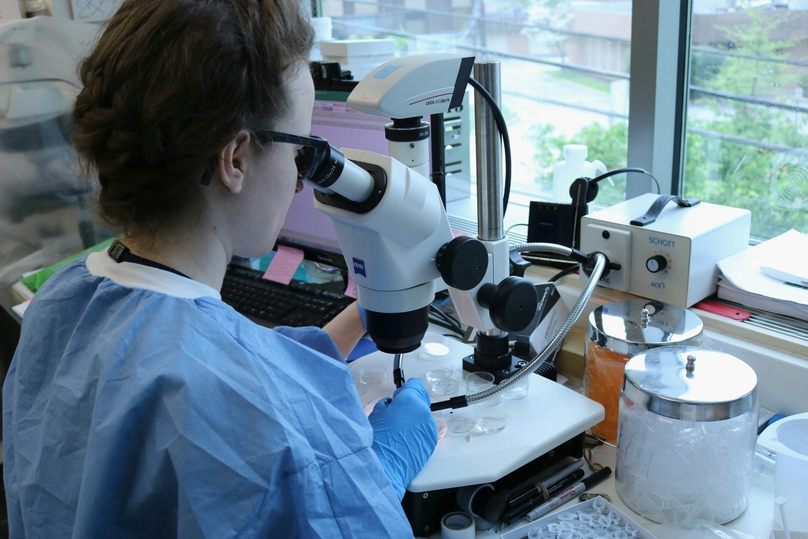What are the Phases of Laboratory Testing?
Whether you’re in a research or healthcare setting, in hematology or microbiology, you can measure the quality of a laboratory’s procedures by the reliability, accuracy, and promptness of the reported metrics and test results.
In order to obtain the most accurate results, each aspect of the lab’s operations must be optimized to maintain reliability. To ensure this is possible, laboratories must follow the standard phases of testing. Each cycle of clinical laboratory testing is divided into three stages:
- Pre-analytical stage: The first of these stages is the pre-analytical phase, which may begin even before the specimen has reached the lab. This means that rigorous protocols must be in place to reduce the risk of errors in specimen handling and identification.
- Analytical phase: The second phase is the analytical phase. This begins when the specimens have been logged into the lab. This phase is comprised of the lab diagnostic and testing procedures.
- Post-analytical phase: The final, or post-analytical phase, involves reporting the final result. Results are sent to the required individual in a timely manner.
In this article, we will review the three phases of laboratory testing in detail.
Pre-analytical Phase
The pre-analytic phase is a crucial part of laboratory testing and is as equally important as the subsequent phases. Laboratory professionals have no direct involvement in this process. Preanalytical factors that can affect the results of a test include:
- Sample type
- Sample timing
- Sample handling
- Sample identification
Pre-analytical errors are those which arise before the samples are measured by laboratory professionals. Although most pre-analytical errors are discovered before the samples reach the lab, if they are not spotted, they can cause serious problems further down the line.
Here is a rundown of some of the most common pre-analytical errors:
Patient Identification
Patient identification errors are common during the pre-analytical phase and can cause medical laboratories serious issues with patient safety.
This type of error includes missing or wrong patient information and may arise when a patient is not conscious at the time the sample is taken, or because the sample is needed very quickly. Patient identification errors may also be caused by improper or illegible specimen labeling.
Specimen Collection
Sometimes errors can occur during specimen collection. Specimen collection errors might arise from patient conditions during collection—such as fragile veins. They can also occur if samples are taken at different points during the day, or when the patient is receiving laboratory medicines.
Quality Control
To reduce pre-analytical error rates, all procedures should be standardized and automated whenever possible. By establishing a standardized system to recognize pre-analytical errors, many of these said errors can be prevented.
Implementing an automated system for identifying, storing, and tracking samples can eliminate errors at the front end. Doing this also cuts down the labor intensiveness of manual implementation. In this way, once an error has been detected, the system can be used to reject related samples.
Analytical Phase
The analytical phase begins when the lab prepares a patient specimen for testing, and culminates in the verification and interpretation of the test results. Advances in lab automation tools have helped to improve analytical techniques within the lab, provide superior instrumentation, and decrease error rates.
Laboratory Testing
Human and instrumental errors may be encountered during the analytical phase. Occasionally random errors may also occur. Errors that skew sample measurement due to human mistakes or instrumental malfunctions are more common. The following errors may arise during laboratory testing in the analytical phase:
- Issues with verification and quality control of performance specs
- Collaboration errors
- Reagent mistakes
- Errors stemming from manual pipetting
- Interference from unidentified antibodies
- Mathematical errors
- Clinician errors in preparation and processing
- Mistakes caused by staff fatigue
Quality Assurance
Even with automation in place, analytical quality remains a significant issue. For example, issues can arise due to inadequate sample preparation or the accidental presence of substances that can interfere with the accuracy, sensitivity, and precision of results. To avoid these problems between test ordering and reporting test results, laboratories should commit to the following protocols:
- Implementation of manuals defining policy, process, and procedure
- Provision of clinician training and competency evaluation
- Implementation of a testing program for clinician test menu
- Automation of instrument calibration and tracking
- Upkeep of records relating to the lab environment
Post-analytical Phase
The post-analytical phase is the final stage of the testing process, in which the test results are reviewed by clinicians. During this phase, the results should also be promptly released. This is particularly important for critical results and those which are needed to help medical professionals to make critical health decisions for their patients.
Test Results
Even at the post-analytics phase, errors can still occur. Data entry errors can arise when results are recorded and stored manually. Post-analytical errors can also occur during data transmission. In some instances, verbal information may be passed on incorrectly or misheard. Other common errors with post-analytical test results include:
- Incorrect calculations
- Delayed turnaround time for results
- Results returned to the wrong individual
- Results are not reported
Quality Assurance
To improve and maintain high levels of quality assurance at the post-analytic phase, clinicians can implement the following preventive measures:
- Implement a bar code ID system: This not only prevents specimen misidentification and inaccurate labeling, but it also prevents the results from going to the wrong doctor or patient.
- Utilize automated transmission of reports: Digital transmission of reports ensures that results are being shared in a timely manner and that they are being sent to the person who needs them.
- Develop a troubleshooting plan: Take note of previous errors or close calls. Even more importantly, identify the source of the error, whether human or equipment. Once you have determined what happened, you can prevent a recurrence.
- Establish a standard for result reporting: If you set out clear protocols for your team of clinicians and it is in line with the healthcare facilities you are working with, you can reduce errors significantly throughout the total testing process.
Track the Test Results of Your Laboratory Testing with Genemod
Genemod has developed a unique digital automation system to help healthcare facilities and laboratories reduce errors through every phase of lab testing. With the Genemod dashboard, you can access all your tools and data from one virtual location. You can also grant access and share reports on time.
Not only does our digital system reduce the risk of human error and loss reports, but it is also highly customizable. This means you can add the tools you need without having to search through unwanted software. Our digital information system is user-friendly, making it easy to manage projects across all teams. Our lab automation system can help you to:
- Enhance your analytical process
- Reduce laboratory errors
- Optimize the way you record, store, and share data
- Streamline sample inventory management
- Save time to focus on important tasks
- Easily track samples through each phase
- Collaborate with medical professionals from one source
- Maximize workflow quality improvement and proficiency testing
- Implement successful validation protocols
Contact Genemod today to find out more about how to automate your lab.


















